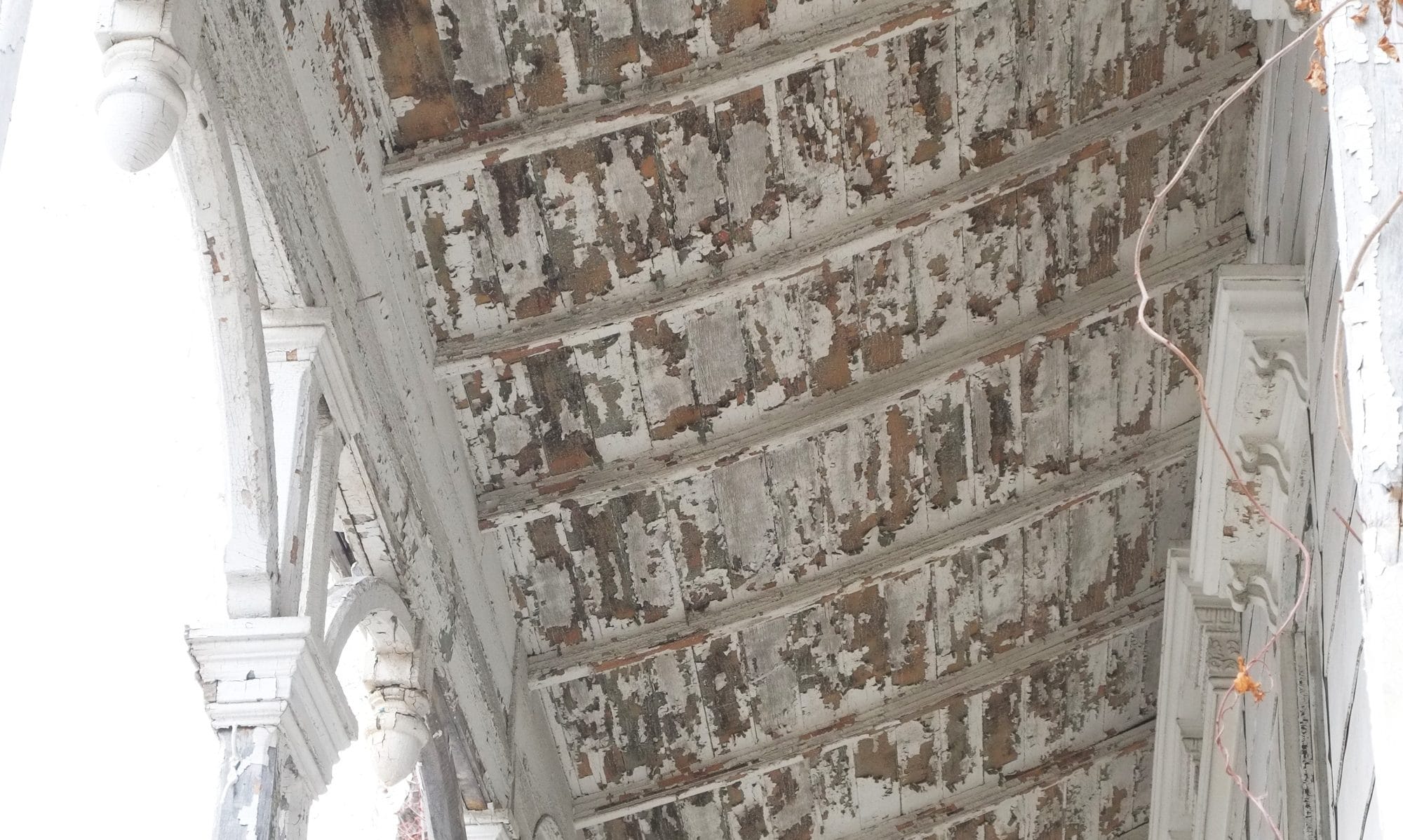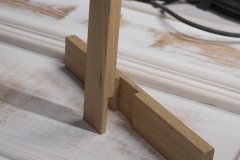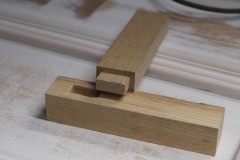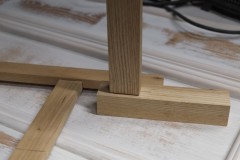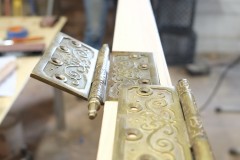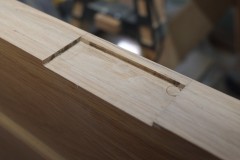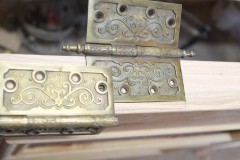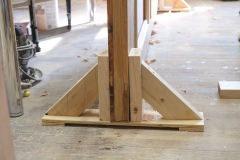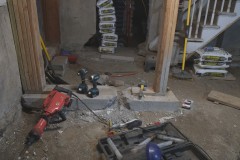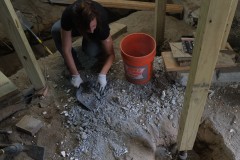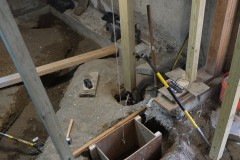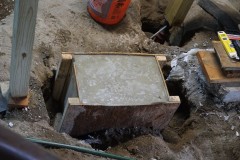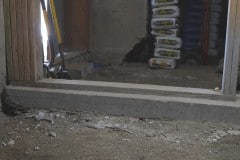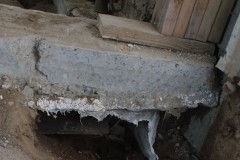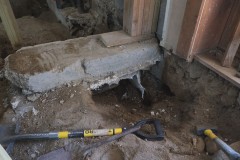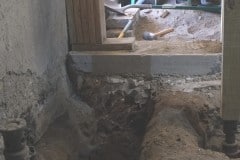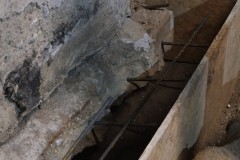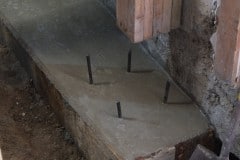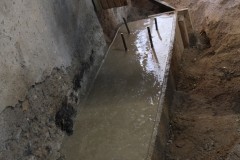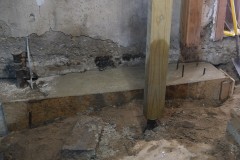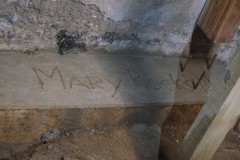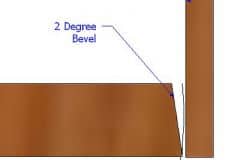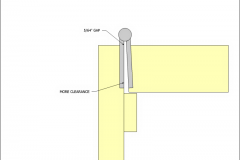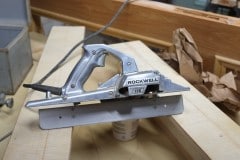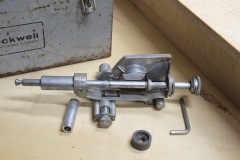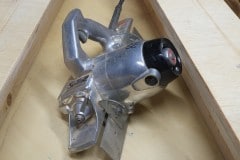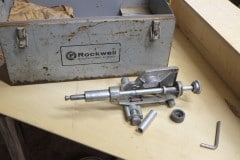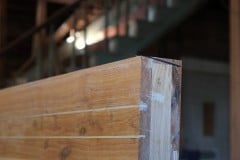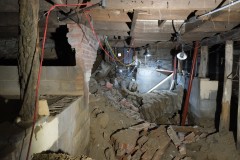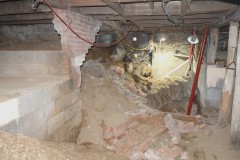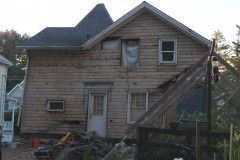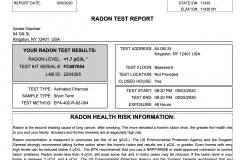Hi, Aimee here!! I usually just dictate to David but today I find myself writing as he’s polishing my boots and scythe.
As you’re probably aware our house project requires lots of different skills, particularly woodworking which isn’t surprising considering it’s a wooden house. In particular most of our sash windows need to be replaced or repaired and we do have a quite a few of them. Yes we could have gone with modern energy efficient PVC windows, but they lack the charm and we feel the look of them wouldn’t suit this house. Yes they aren’t as energy efficient but we’ll make sure that we build them with draft excluders as well as having storm windows for winter.
By the way if you ever need to restore a sash window we can highly recommend this Youtube series, Sash Windows Restoration – “Don’t Trash the Sash”. It’s a ten part series and it does explain a lot as well as pointing out that well looked after sash windows can last 100 years or so, would PVC last that long?
Anyway, I diverge. Getting to the point: woodworking isn’t my one of my fortes, in fact I know next to nothing about wood apart from the fact that it comes from trees. Currently David does most of the woodworking and I’m left to to do the more tedious tasks, which is fine most of the time but sometimes I want to be creative and make something also. To remedy this I’ve enrolled in a bunch of woodworking classes at the Kingston Wooden Boat School which is part of the Hudson River Maritime Museum. I pretty much enrolled for all the classes which are:
- Understanding Wood
- Woodworking Tools-Their Use & Care
- Basic Joinery
- Machine, Tool, & Shop Safety
- Advanced Joinery
- Build Your Own Adirondack Chair
I’ve just finished Machine, Tool, & Shop Safety and about to start Advanced Joinery next week. Finally I’ll round it off with a chair building course where I’ll combine all that I’ve learned.
By the way, the Hudson River Maritime Museum is a cool museum which I highly recommend. Below are the results of my handiwork from the Basic Joinery class, the first is a half-lap joint and the second is a mortise and tenon. My teacher, Michael Puryear, is one of my favorites (besides Udo Guddat from high school German).
